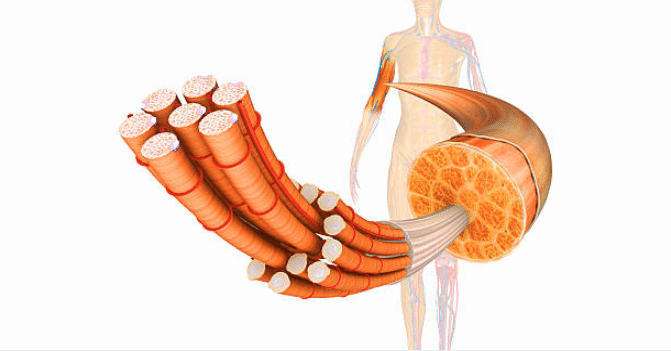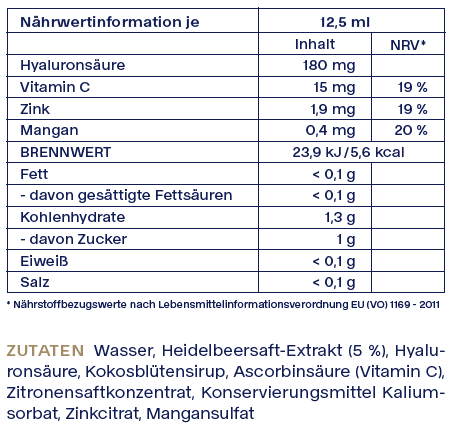Fasciae are all fibrous connective tissue structures in the body. These include: ligaments (connecting bone to bone to hold a joint), tendons (connecting muscle to bone), muscle connective tissue, joint capsules, and organ capsules. The fasciae are located beneath the subcutaneous tissue.
The fascia can wonderfully adapt to new conditions: with local stress, such as regular exercise, the network reorganizes and strengthens. Unfortunately, this complex mesh is also exposed to many stresses. Since connective tissue is not supplied with blood, only movement ensures that lymph fluid transports nutrients to the fascia and removes waste products. However, if muscle movements are missing, the fascia can adhere. This mainly happens due to fibrinogen increasingly accumulating in the fluid, which is normally necessary to close wounds. In connective tissue, it can also clump if it becomes highly concentrated there because not enough exchange takes place. The connective tissue fluid itself also plays a crucial role. The less water it contains, the more concentrated the substances it contains are. Adhesion and hardening of the fascia can accordingly be traced back to too little water binding. If there is not enough hyaluronic acid in the fascia, the fluid content decreases and the connective tissue becomes firmer and less flexible.
Adhesions and hardened fascia cause pain
Joint pain, back problems, and a decline in mobility can be the result of adhesions and hardened fascia. Especially pain whose cause cannot be determined even after thorough examination can often be traced back to adhered fascia. Nerve endings are no longer adequately protected by the fascia and can be easily compressed. The close interaction of receptors in the fascia then signals that something is wrong in the body, even though no injuries or inflammations are visible. Since the fascia forms a dense network, local adhesions can possibly have a negative impact on the entire organism over time.
Hyaluronic acid makes the fascia more supple
With age, the fluid content of the fascia decreases more and more. The connective tissue becomes less flexible because the ratio shifts increasingly towards the rigid collagen fibers, while the amount of natural hyaluronic acid decreases. From about the age of 25, our body produces less of this polysaccharide. But not only the natural aging process, but also lack of exercise, overweight, stress, and poor nutrition can affect the fascia. Regular intake of hyaluronic acid-containing supplements, alongside stretching exercises, massages, and a balanced diet, can improve fascia function and simultaneously relieve many pains in joints, muscles, and tendons.


